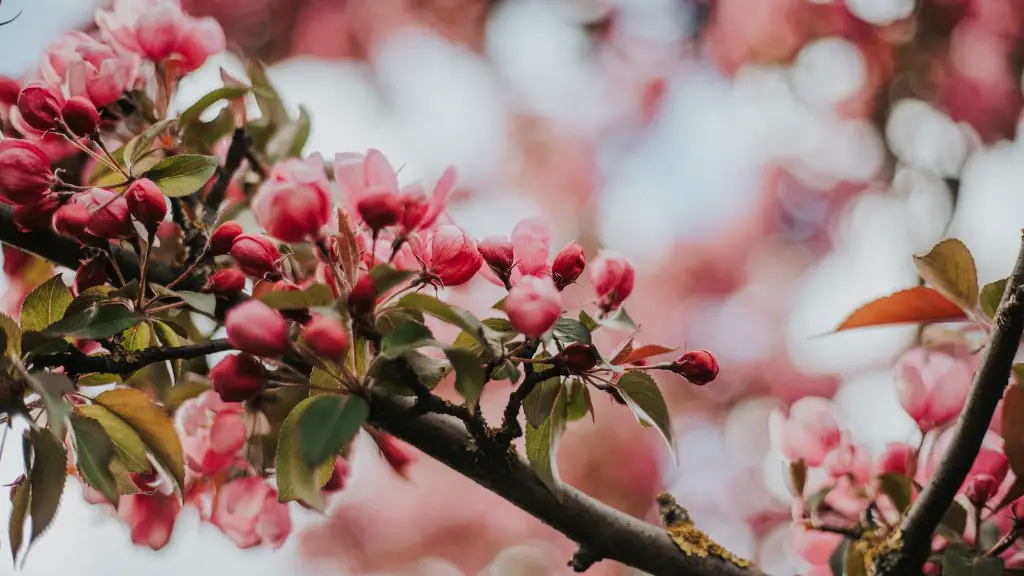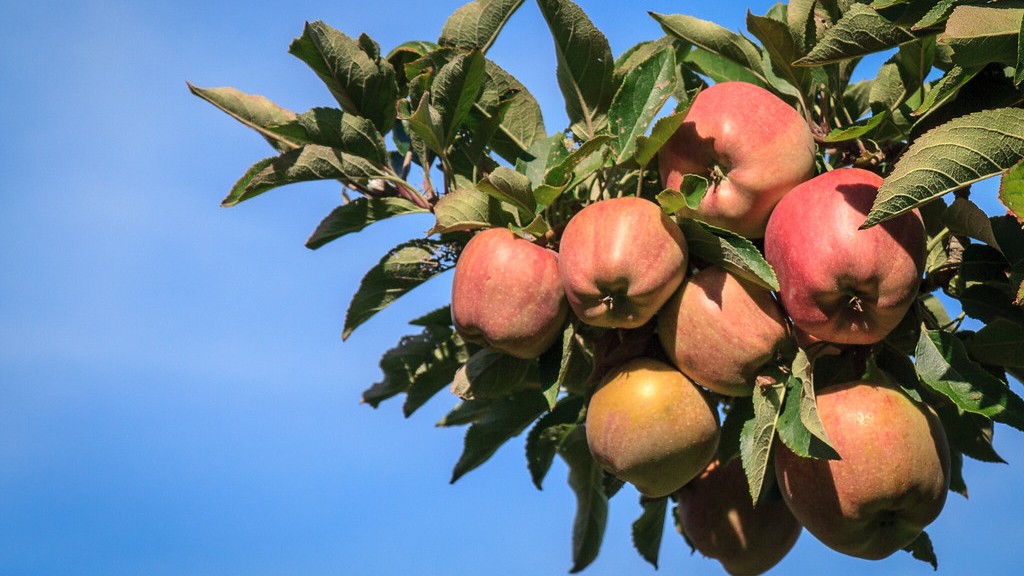How to Make My Avocado Tree Bear Fruit
Avocados are a notoriously tricky fruit to grow, especially when trying to make an avocado tree bear fruit. Growing an avocado tree can take years of careful tending, and the process can be frustrating because they tend to be fussy plants.
However, with the right climate and a little know-how, you can successfully grow an avocado tree and enjoy the fruits of your labor (no pun intended). Part of the success of cultivating an avocado tree is understanding the tree’s life cycle, how pollination works, and how to care for it year-round.
Climate & Location
Avocados prefer warm climates with plenty of sun, from around 70-90 degrees Fahrenheit. While different varieties can be adapted to slightly cooler temperatures, you should opt for a warmer climate if you want your avocado tree to bear fruit. In areas with cold winters, where temperatures can drop below 55 degrees Fahrenheit, the tree should be grown in a container and kept indoors over the winter.
Location is a major factor when growing an avocado tree. Avocado trees need more than just warm temperatures; they need lots of air circulation, plenty of bright sun, and well-draining soil. For optimal growth and to reduce the risk of some common pathogens, plant your tree in a location that gets direct sun for at least six hours a day and has soil that drains slowly but steadily.
Pollination and Cultivation
Avocado trees are self-infertile, meaning they cannot pollinate themselves. To get the tree to bear fruit, it needs to be in the proximity of a different tree of the same variety, or be pollinated by hand. If you’re planting an avocado tree from a seed, be aware of the variety, as some varieties cannot pollinate each other and you may need to involve a professional pollinator to do the job.
The size of an avocado tree can also be an important factor when deciding where to plant it. Because avocado trees typically take several years to bear fruit, you want to plant it in an area that can accommodate its growth, as a full-grown avocado tree can reach up to 30 feet in height.
Once your avocado tree is in the ground, it’s important to keep up with regular, consistent care. This includes all the basics like watering, fertilizing, and pruning, as well as pest control, soil and air temperature monitoring, and disease prevention.
Fruiting & Harvesting Avocados
Once your avocado tree is established and healthy, you’ll need to be patient and wait for it to develop fruit. This can take up to three or four years, depending on your tree and the growing conditions. When the tree starts to flower, you should see flower buds turn into small fruits over the summer, and you’ll need to protect the crop from birds, other pests, and extreme weather.
When the fruits are ready, they should come off the tree easily with a gentle twist. If the fruit isn’t ready to be harvested, it will remain attached to the tree. Once the fruits have ripened, they should be harvested as soon as possible; if left too long on the tree, they may drop and attract pests.
Overall Benefits
Growing your own avocado tree from seed can be a great way to save money on fresh avocados, as well as a rewarding hobby. You’ll also get to enjoy the satisfaction of harvesting your own avocados and watching them turn from tiny fruits into sweet, delicious treats.
Health & Nutrition Benefits
Avocados are a nutritional powerhouse, with high levels of fiber and potassium, as well as vitamins C, E, K, and B-6, and a host of antioxidants. They have a low glycemic index, which means they don’t cause blood sugar spikes, making them a great addition to any diet. Plus, they’re delicious!
Plant Diseases & Insects
Avocado trees can be susceptible to a variety of diseases and insects. The most common problems are anthracnose, root rot, and scale insects. These can be difficult to diagnose and treat, so it’s important to do your research and be prepared to take appropriate action if you notice any signs of disease or infestation.
Careful Care
Taking proper care of an avocado tree is of the utmost importance if you want to maximize its fruiting potential. You need to make sure it has access to adequate sunlight, water, and nutrients, and keep an eye out for diseases or pests. You’ll also need to prune and maintain the tree regularly to ensure optimal growth.
One of the most important parts of avocados tree care is fertilizing. Make sure to use a balanced fertilizer designed for avocado trees, as well as regular soil tests to determine any deficiencies.
Fruit & Seed Safety
When handling and eating avocados, be sure to always use caution and wash your hands thoroughly before and after eating the fruit. It’s also important to avoid planting the seed of an avocado tree, as this can potentially be hazardous to the health of both the tree and the person planting it.
Organic Practices
In today’s age, more and more people are seeking out organic, sustainable food sources. If you’re growing an avocado tree, you should make sure to use organic growing methods including using natural fertilizers and pest repellents, and limiting the use of synthetic chemicals. This is the best way to ensure high-quality fruit without risking any harm to the environment or your health.


